Introduction In the rapidly developing industrial automation environment, enterprises have a growing demand for control solutions with high reliability, flexibility and scalability. As a global leader in automation, Honeywell provides a series of powerful and efficient industrial products. Among them, the IP-PI-OI24 control module has become an indispensable component in distributed control systems with its compact design and excellent performance. This article will introduce in detail the functional characteristics, system integration capabilities and typical applications of this module in various industrial scenarios. Advanced design and functional characteristics The IP-PI-OI24 module is carefully designed and has extremely high flexibility as an I/O interface in the control network. It supports 24 configurable digital input/output channels, each of which can be independently set as input or output to meet diverse field signal processing needs. The module supports deterministic data acquisition to ensure accurate execution of control logic. Its high-speed backplane communication architecture enables high-speed data interaction with the main controller. In addition, the module has built-in diagnostic functions that can monitor channel status, voltage levels, and module health in real time, thereby improving system reliability and reducing downtime. The compact structure of IP-PI-OI24 is suitable for space-constrained control cabinets. At the same time, it is rugged and durable. Its wide operating temperature range and industrial-grade protection make it stable in harsh environments, such as chemical plants, refineries, and manufacturing workshops. System Integration and Communication Protocols A major advantage of this module is that it can be seamlessly integrated into Honeywell's Experion® PKS control system and other manufacturers' DCS platforms. Its support for standard industrial communication protocols (such as Modbus TCP/IP and Ethernet/IP) ensures compatibility and efficiency of data interaction in multi-vendor systems. Engineers can use intuitive tools provided by Honeywell to configure and set parameters, thereby shortening the commissioning cycle and maintaining system accuracy and traceability. IP-PI-OI24 also supports redundant configuration to provide continuous operation guarantee for critical systems and avoid the risk of downtime caused by single point failure. Industry Application Scenarios The high adaptability of IP-PI-OI24 enables it to be widely used in multiple industries. In the oil and gas industry, the module is used to collect sensor inputs, control actuator actions, and implement flow regulation and safety interlocking. In the pharmaceutical field, the module can precisely control batch processes to ensure accurate transmission of data acquisition and output signals. In the power industry, it is often used for switchgear monitoring, alarm management and load control. The module can also be connected to SCADA and ...
Read More
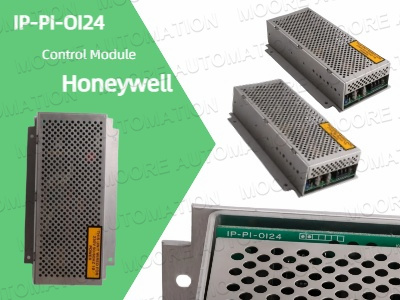
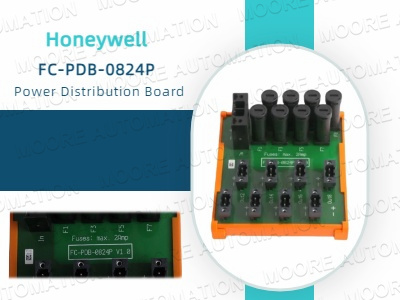
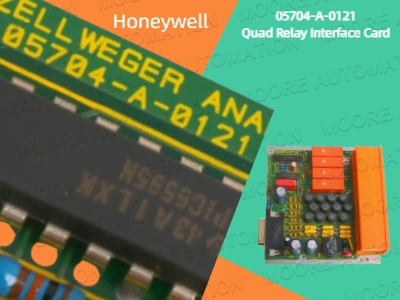
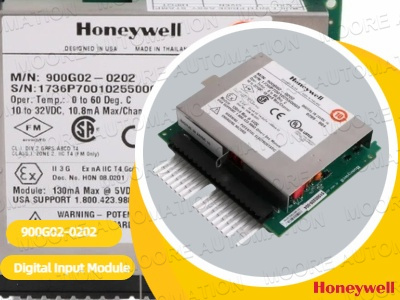
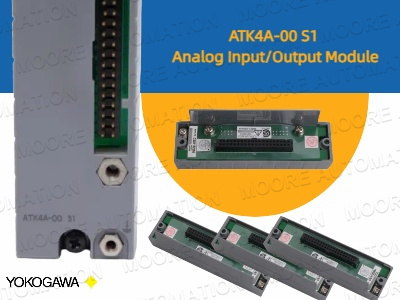
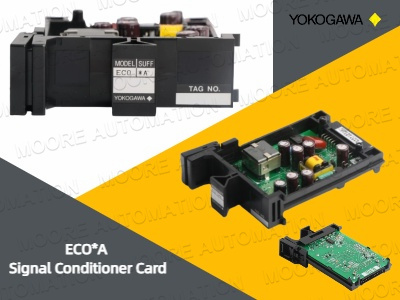
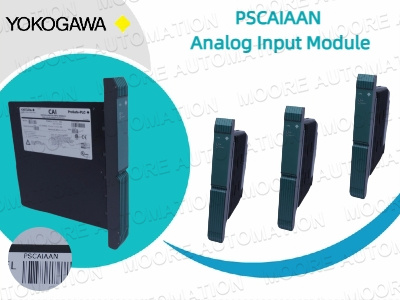
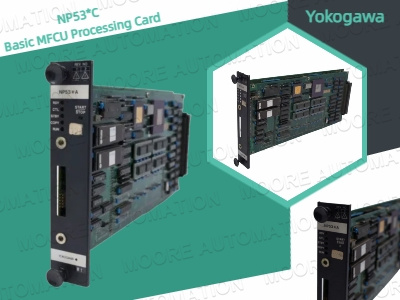
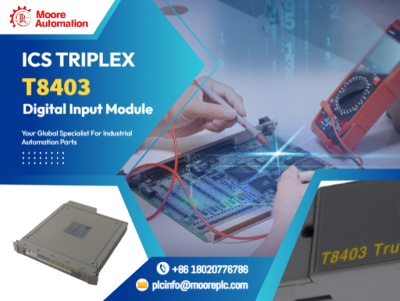

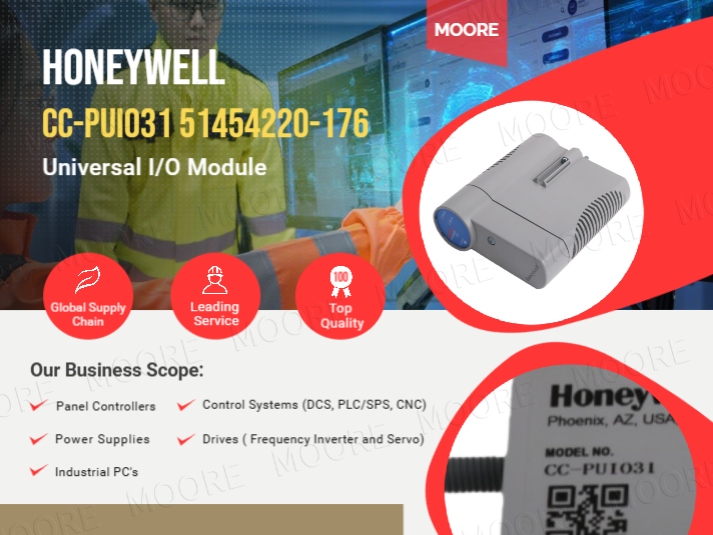
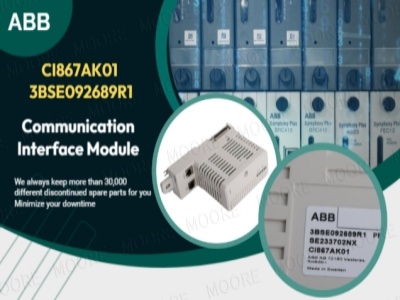












 IPv6 network supported
IPv6 network supported